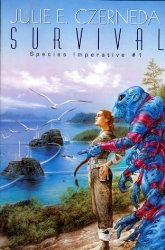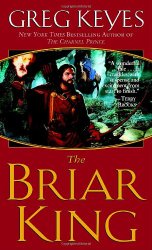Scientists have built a computer model of the Neanderthal vocal tract based on fossils, and have simulated the kinds of sounds they could have produced. Ever since I read Robert J. Sawyer’s Neanderthal Parallax novels, I’ve been fascinated by the idea that there were two distinct human species, living side by side, for perhaps thousands of years. What happened to them? Did our ancestors kill them off, or interbreed with them? Did they fail to adapt to a changing climate? (via Slashdot)
On a related note, it seems that Expelled, the anti-science propaganda film that actually invokes Godwin’s Law by claiming that “believing” evolution leads to Nazis, opens this weekend. I’m curious to see how badly they misrepresent things (it’s always best to look for yourself, instead of just taking other people at their word—that’s the whole idea behind science, after all), but I can’t bring myself to support them by actually giving them money. Meanwhile, Expelled Exposed is interesting reading.
In software, dria.org explains why the AwesomeBar is awesome. That’s the nickname given to the new address bar in Firefox 3, which lets you search your browser history as you type. It’s the reason I never went back to Firefox 2 after trying out one of the later FX3 betas, and why I’ve installed Fx3b5 on two more machines. The Opera 9.5 previews have a similar feature, but Firefox’s implementation is better visually. It’s easier to spot the page you want, and over time, it learns which pages you visit more often. It’s so much faster to type a word or two than to hunt through the bookmarks menu. (via Asa Dotzler)
IEEE has an article on how copyright law applies to websites, What Can You (Legally) Take From the Web?
Finally, ***Dave relates an incredibly cool story of going to see Avenue Q and what happened after the show. I had no idea that (at least in New York), the “Give Me Your Money” segment was actually collecting for a charity.




